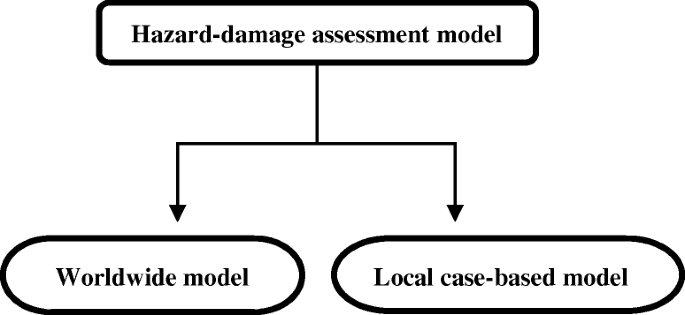
- #Hazard os x image install#
- #Hazard os x image code#
- #Hazard os x image password#
- #Hazard os x image windows#
#Hazard os x image code#
While these may be useful to some people, it should be up to hardware owners to decide if this code will be installed in their computers or not. Some of the other modules include hardware-based authentication code and a system for location tracking and remote wiping of laptops for anti-theft purposes.


But vulnerabilities in any of the other modules could be as bad, if not worse, for security. The best recommendation we can make for addressing this vulnerability today is to disable that specific AMT module, because Intel doesn’t provide any way to generally limit the power of the ME. Unfortunately, even if AMT is currently disabled, that doesn’t mean an attack was never possible -an attacker might have disabled AMT after concluding the attack, to close the door on their way out.īut troublingly, AMT is only one of many services/modules that come preinstalled on Management Engines. Many organizations will need to take steps to protect themselves by ensuring that AMT is disabled in their BIOS and LMS is not installed, or by updating Intel firmware.
#Hazard os x image password#
The password protection is crucial for machines with AMT provisioned, but this week’s vulnerability allowed it to be bypassed. Macs have MEs, but don’t ship with AMT at all.
#Hazard os x image windows#
3 It can be provisioned by default if vendors used a feature called “Remote Configuration” with OEM Setup, by a user with administrative access, interactively or with a USB stick during system boot, or (via the LMS vulnerability) by unprivileged users on Windows systems with LMS. Once provisioned, AMT has a password set, and is listening for network packets and will control the system in response to those. For it to work, AMT has to have been both enabled and provisioned (commonly AMT is enabled but not provisioned by default). Not every machine is susceptible to the attack.
#Hazard os x image install#
Attackers can also boot arbitrary OSes, install a new OS, and (with some work) steal disk encryption passwords. Once they have AMT access, attackers can interact with the screen or console as if the user were doing so themselves. A vulnerability announced on May 1 allows an attacker to bypass password authentication for this remote management module, meaning that in many situations remote attackers can acquire the same capabilities as an organization’s IT team, if active management was enabled and provisioned. It is intended to allow system administrators to remotely control the machines used by an organization and its employees. On many Intel chips, the Management Engine is shipped with the AMT module installed.


Unless that happens, we are concerned that it may not be appropriate to use Intel CPUs in many kinds of critical infrastructure systems. EFF believes that Intel needs to provide a minimum level of transparency and user control of the Management Engines inside our computers, in order to prevent this cybersecurity disaster from recurring. This post will describe the nature of the vulnerabilities (thanks to Matthew Garrett for documenting them well), and the potential for similar bugs in the future. While AMT can be disabled, there is presently no way to disable or limit the Management Engine in general. Last week, vulnerabilities in the Active Management (AMT) module in some Management Engines have caused lots of machines with Intel CPUs to be disastrously vulnerable to remote and local attackers. All of the code inside the ME is secret, signed, and tightly controlled by Intel. The ME is a largely undocumented master controller for your CPU: it works with system firmware during boot and has direct access to system memory, the screen, keyboard, and network. Since 2008, most of Intel’s chipsets have contained a tiny homunculus computer called the “Management Engine” (ME).


 0 kommentar(er)
0 kommentar(er)
